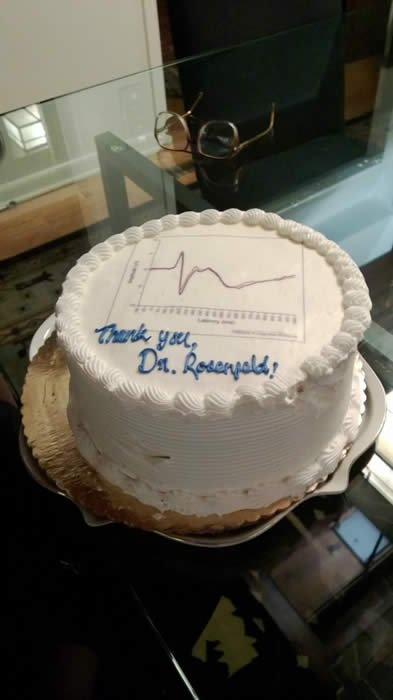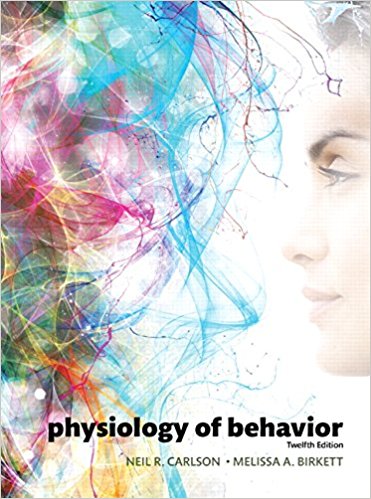

 |
"Students like my lab course..."
|
Course Description:
CONTENT: Introductory neurophysiology, neuroanatomy, and neuropharmacology; selected examples of brain substrates of behavior which are continued in 312-2.
PREREQUISITES: Psychology 110 or equivalent, high school chemistry and biology. Physics (high school) and introductory statistics are strongly recommended.
TEACHING METHOD: There are two (1 hour, 20 minute) lectures per week. There are reading assignments in a textbook as well as in selected papers from the primary literature in neurobiology. Lectures and readings are sometimes designed to
overlap (e.g., when the material is especially difficult or controversial), but often these two sources of information are independent.
EVALUATION METHOD: Exams will cover lecture and reading material in approximately equal amounts. A midterm and non-cumulative final exam will each determine 50% of the final grade. Absence from a major exam will result in a score of
zero for that exam unless a written medical explanation is presented.
312-1 Syllabus Neurobiology and Behavior 1
 |
Additional Readings:
Nikos K. Logothetis What can we do with fMRI Nature 453, 869-878 (12 June 2008)
Fox, S. S., & O'Brien, J. H. (1965). Duplication of evoked potential waveform by curve of probability of firing of a single cell.
Science, 147(3660), 888-890.
Fox, S. S., & Norman, R. J. (1968). Functional congruence: An index of neural homogeneity and a new measure of brain activity.
Science, 159(3820), 1257-1259.
Heeger, D. J., Huck, A. C., Geisler, W. S., & Albrecht, D. G. Spikes versus BOLD: what does neuroimaging tell us about neuronal
activity? Nature Neuroscience, 3(7), 631-633.
Raichle, Marcus (1994, April). Visualizing the mind: Strategies of cognitive science and techniques of modern brain imaging open a window
to the neural systems responsible for thought. Scientific American, 58-64.
Power Point Presentations:
Last Update: